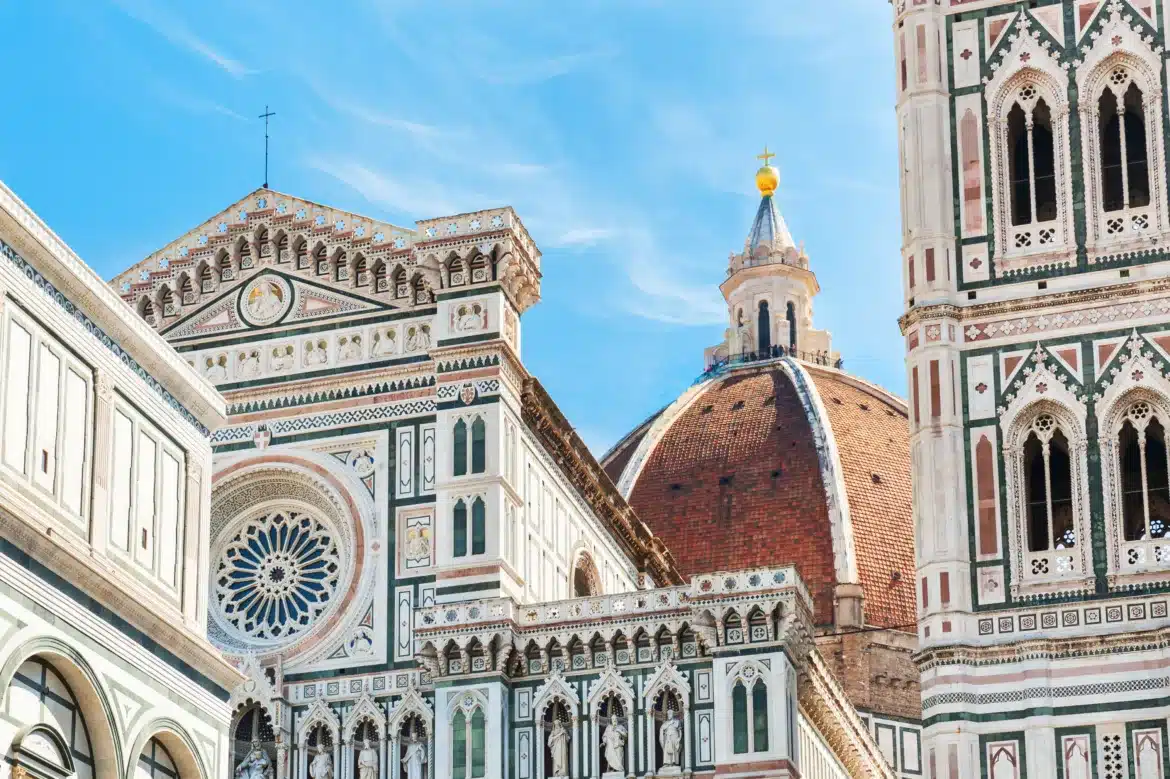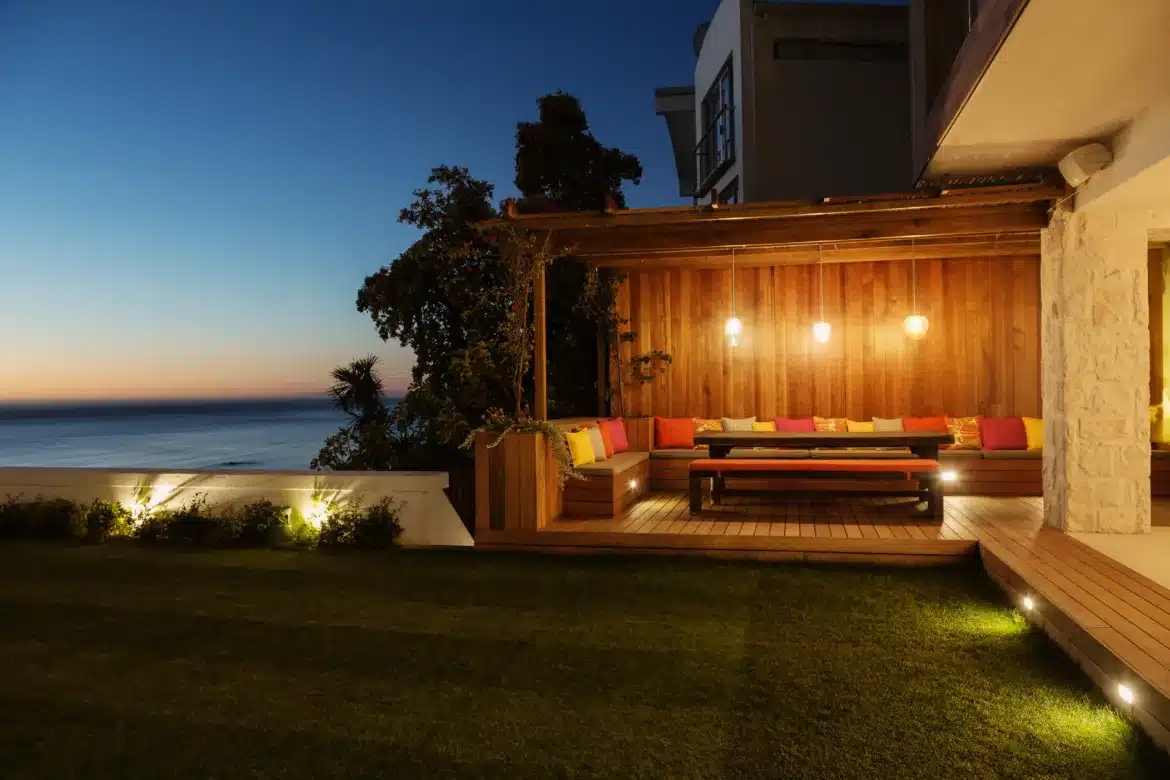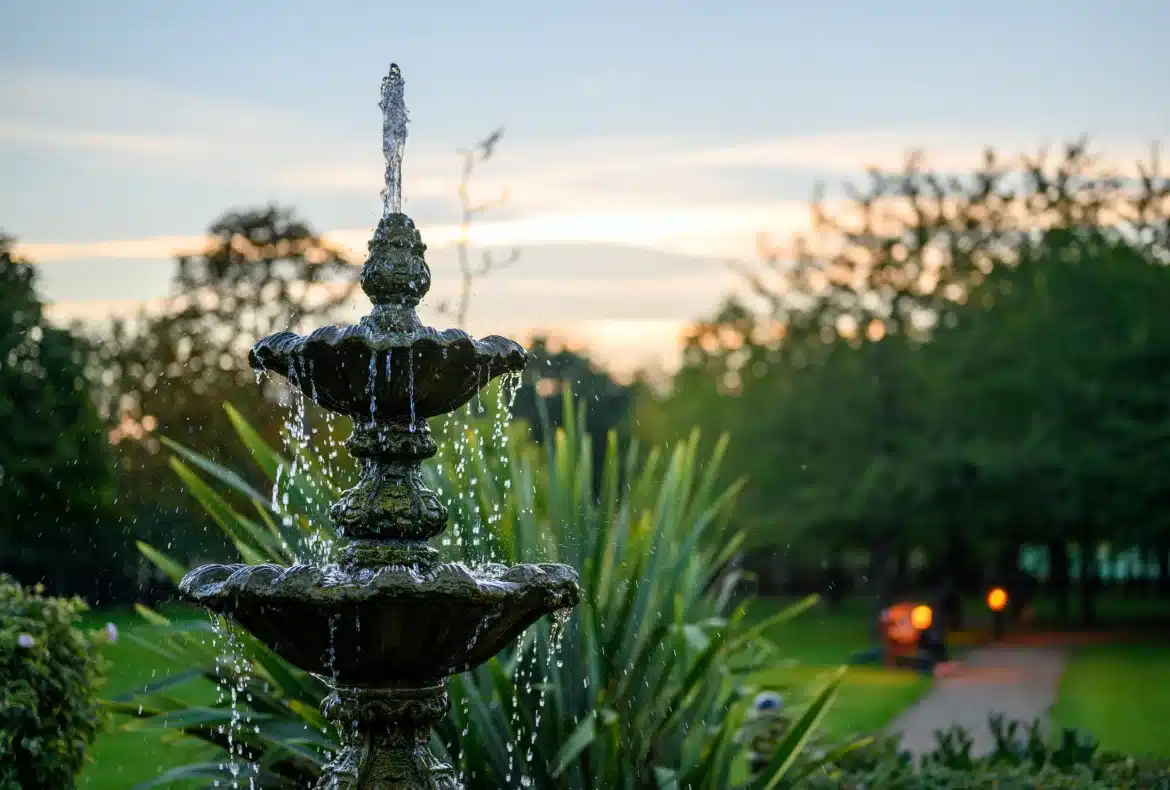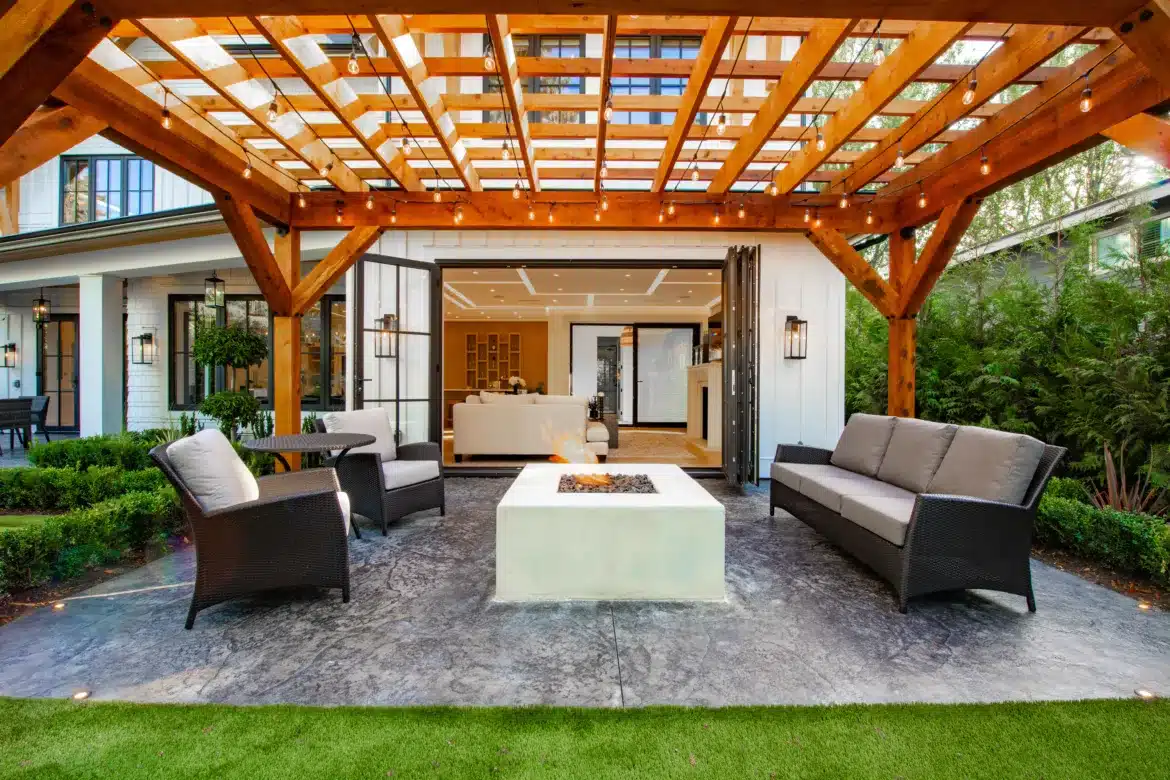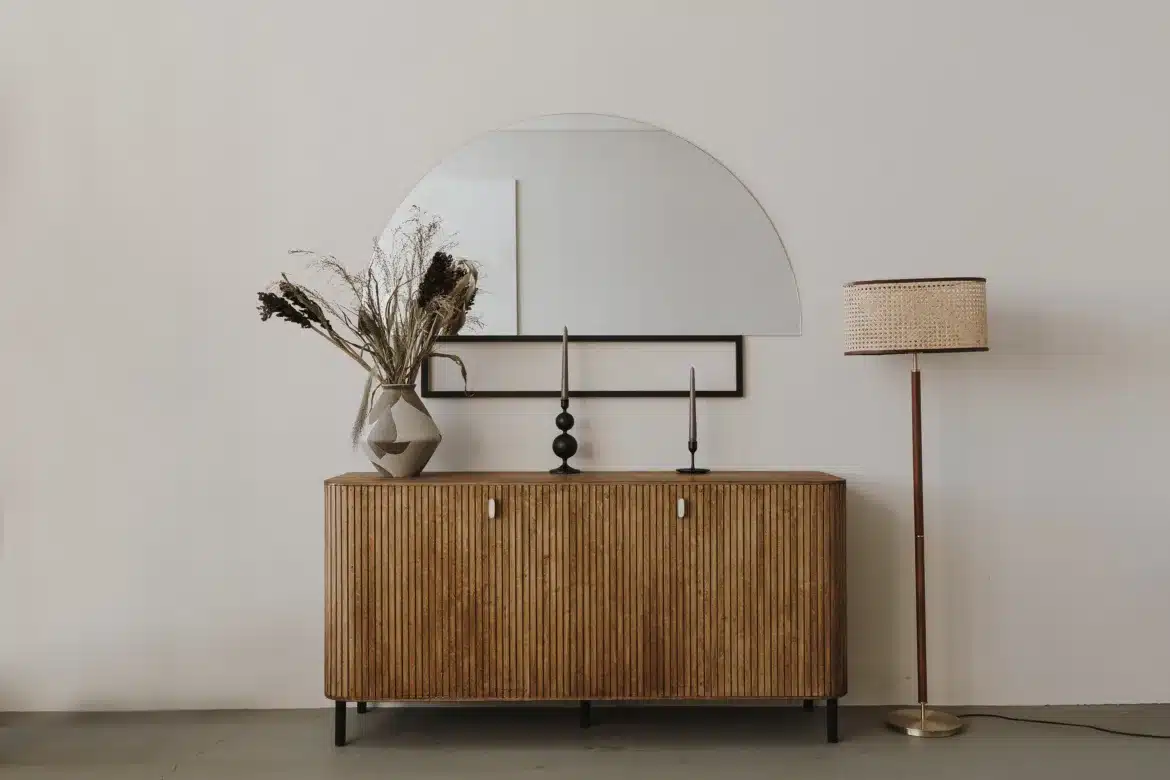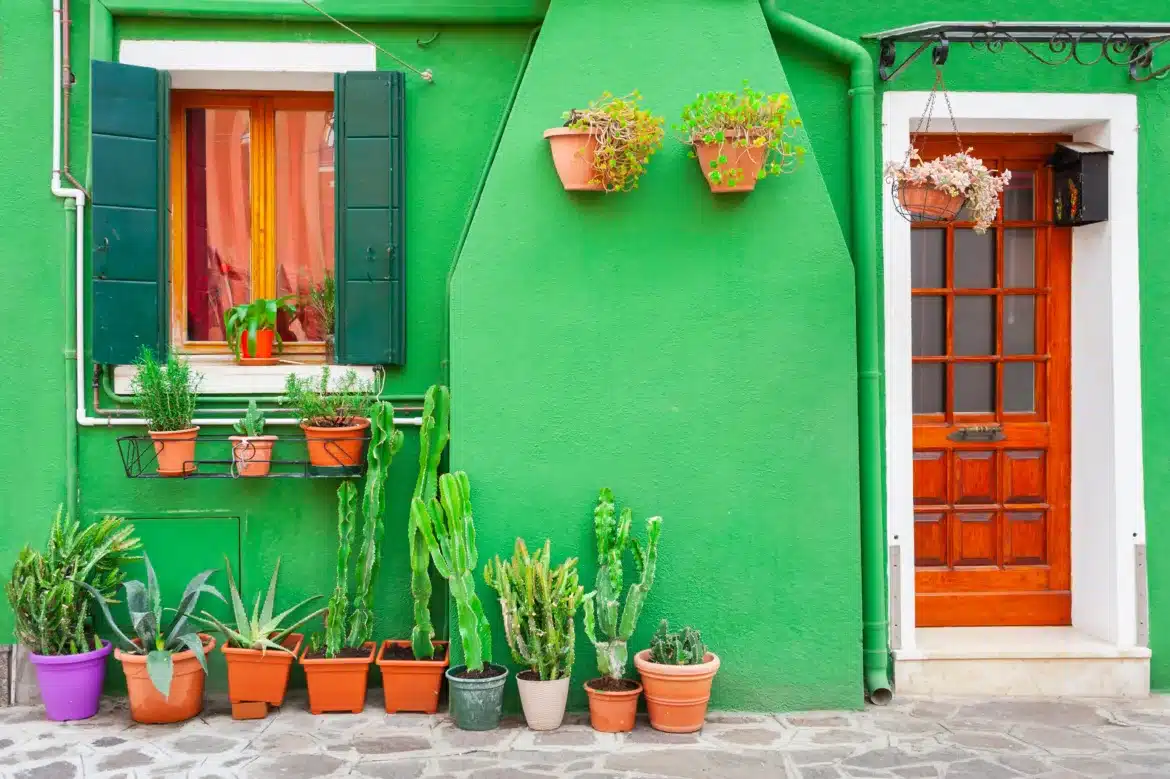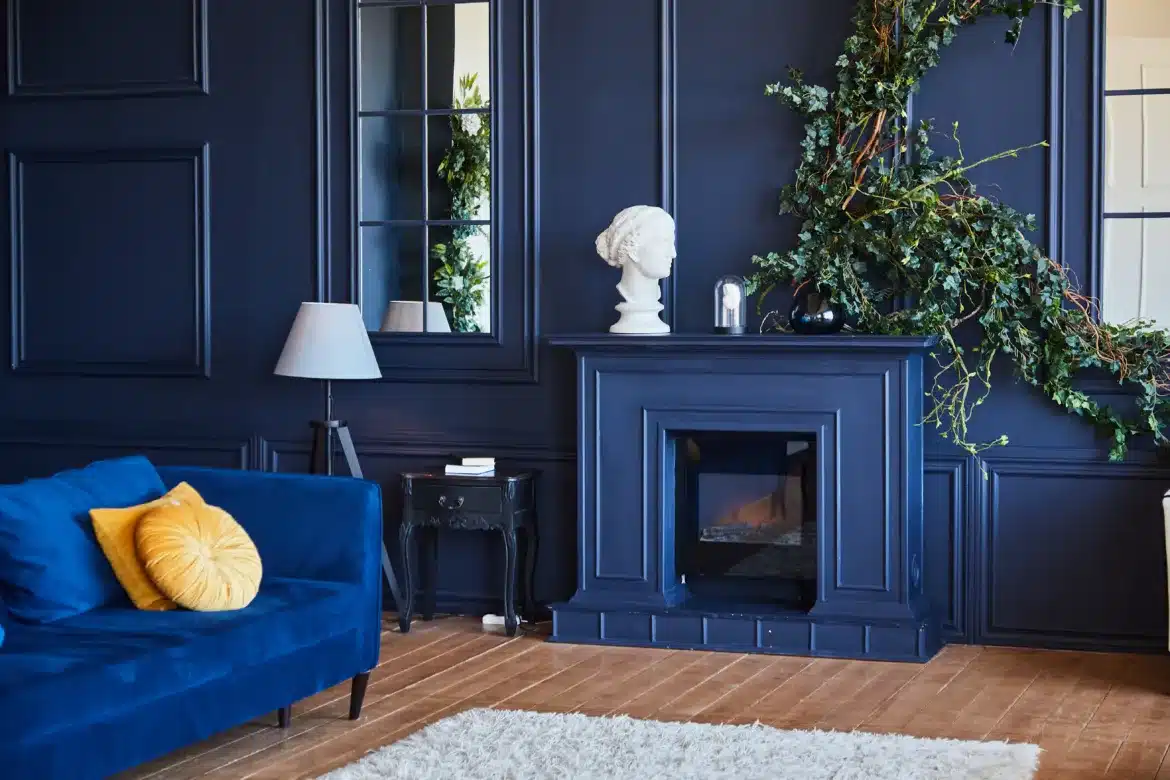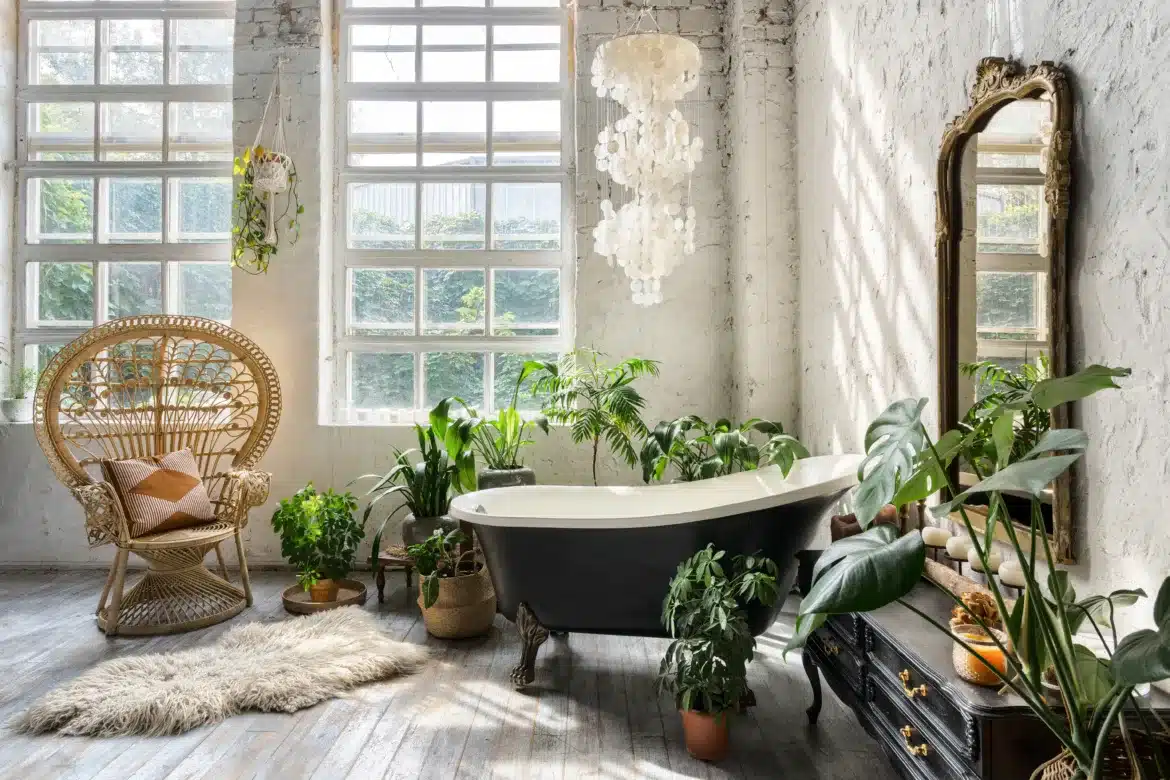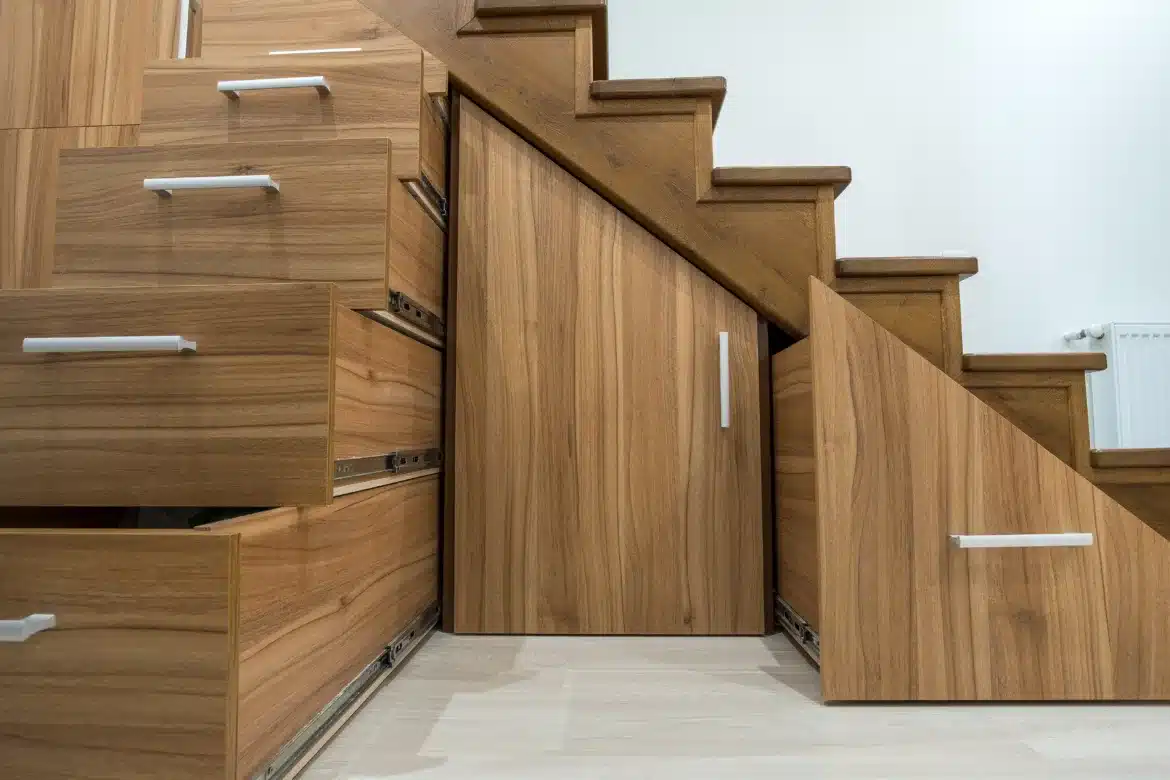For the traveler seeking to immerse themselves in the art of human ingenuity, there is no better quest than the one that leads to the majestic cities that have sculpted the skylines of our world. Architecture is more than concrete, glass, and steel; it’s the soul of a city and the chronicle of human history unfurling in a three-dimensional tapestry.
Cascades of light through ancient archways, the rush of modernity reflected in towering glass facades, the rhythm of life experienced through the layout of streets and parks. This is the architecture of the world’s great cities—a visual love letter to mankind’s endless potential and the richness of our collective experience.
For the enlightenment and enjoyment of architecture aficionados and travel enthusiasts alike, we present a collection of cities that stand as archetypal chapters in the grand library of urban design. These are the top cities for architecture.
Paradox and Proportion in Paris, France
No list of architectural wonderlands is complete without the City of Light. Paris, the epicenter of romance and avant-garde thought, offers an alluring amalgamation of history’s hushed stone walls and the exuberant lines of modern art’s disciples. The regal profile of the Eiffel Tower stands guardian over the Seine River, with Notre-Dame’s storied spires completing an ancient yet enduring skyline.
In Paris, the old and the new complement each other with an organic grace. The Louvre, once a royal palace, is now a temple to art and architectural metamorphosis, drawing lines from the Antiquity to the Modern. The Sorbonne, Panthéon, and the Centre Pompidou celebrate structural boldness, each in its distinctive voice. Paris—where every corner whispers a paradoxical tale of tradition and innovation—is the quintessential destination for those who revere architecture.
Crafting the Story of New York City, USA
A city that never sleeps, New York City, is not just a cultural melting pot but an architectural canvas that boldly strokes a contemporary narrative. The chiseled profiles of the Chrysler Building and the Empire State Building rise to a pinnacle that reflects the ambition of the American spirit. The High Line, a post-industrial triumph, now a park that meanders through the cityscape, showcases the inventive repurposing of space.
From Wall Street’s urban denseness to the spacious enclaves of Central Park, New York’s architectural wonders encapsulate the grandeur of ambition in every steel beam and a glass pane. A testament to human perseverance and the effervescent desire to reach for the sky, the architectural tableau of New York City is a must-see for enthusiasts looking to witness the legacy of urban craft.
The Renaissance Reverie of Florence, Italy
Florence, the city that birthed the Renaissance, is a veritable open-air museum of architectural splendor. The cathedral’s red-tiled dome—the beacon that guided art out of the Dark Ages—stands as a proclamation of human capability. Across the city, the Basilica di Santa Croce and the Pitti Palace continue the conversation with their magnificent halls and frescoed ceilings.
Every stone in Florence seems imbued with the spirit of da Vinci, Michelangelo, and Brunelleschi. The Uffizi Gallery, once the living quarters of the Medici family, now holds court to the world’s most significant collection of Italian Renaissance art, and its architecture, an eloquent expression of the Renaissance ethos. Florence beckons to the architectural enthusiasts to ponder the past and be inspired by the future, all within the narrative of human creative potential.
The Eclectic Enigma of Istanbul, Turkey
Istanbul, the city that straddles two continents, is a testament to transcultural architecture that defies boundaries. The Hagia Sophia, a cathedral turned mosque turned museum, embodies the metamorphosis of empires and their architectural styles. Across the Golden Horn, the complex of Topkapi Palace offers a nuanced exploration of Ottoman opulence and design principles.
The architectural story of Istanbul is one of syncretism and synergy, where the domes and minarets stand in testimony to a history that honored both the secular and the divine. The underground Basilica Cistern, with its Medusa-head columns and Byzantine grandeur, speaks to the city’s layers of history like no other, making Istanbul a spectacle of diversity and continuity for architectural voyagers.
Reflecting Spirituality in Kyoto, Japan
Kyoto, the city of a thousand temples, is the mirror to Japan’s spiritual soul. The Kinkaku-ji, or the Golden Pavilion, is a Zen declaration to beauty and impermanence, reflecting serenity on the placid waters that surround it. The Fushimi Inari Shrine, with its iconic torii gates stretching like crimson sentinels into the mountains, invites contemplation and ascent.
Kyoto’s architecture is a dialogue with nature, respecting the land and its elements while channeling the Japanese aesthetic of humility and harmony. The city’s traditional wooden machiya homes and contemporary cultural centers blend seamlessly to narrate a modern story rooted in ancient wisdom. For those seeking architectural resonance with nature and the divine, Kyoto is a destination that offers a silent scream in every shuttered window and every meticulously raked garden.
Homage to the Heights in Dubai, United Arab Emirates
Dubai, the gleaming oasis in the desert, is a modern-day testament to the possibilities of architecture. With the Burj Khalifa’s needlelike silhouette puncturing the sky, Dubai holds the record for the tallest freestanding structure in the world, among many others that seem to aim for the stratosphere in their own right. The Burj al Arab, shaped like the sail of a dhow, combines luxury and innovation to affirm the city’s commitment to the future.
Here, architecture is a proclamation of the technological and economic heights that humankind can achieve. The Palm Jumeirah and the World Islands, though not built for residential robustness, display an audacious sensibility in shaping the natural world. Dubai may be young in the timeline of cities, but its architecture speaks volumes about the wealth of a vision and a city that is literally and figuratively shaping the skyline of tomorrow.
Epilogue: The Journey Continues…
The cities listed here only scratch the surface of the vast and varied architectural tapestry our planet has to offer. Each metropolis, town, or village carves its own identity through the edifices its people erect, inviting the discerning traveler and enthusiast to partake in the dialogue of design. The world is a gallery, and its cities are the frames that hold the masterpieces of human creativity.
For those who travel with open eyes and open hearts, the architectural wonders of our cities present an opportunity to connect with the very essence of civilization—a story told in stone, steel, and the very fabric of our built environment. Whether it’s the ancient echoes of Rome, the modern marvels of Singapore, or the gentle curve of a Barcelona lamppost, each architectural expression is a silent invitation to reflect, to learn, and to marvel at the enduring testament of the cityscape.
To travel for architecture is not merely to observe; it’s to bear witness to the spirit of a place, where history and innovation dance in the spires and windows that punctuate the horizon. That, dear voyagers, is the magic of our urban centers—the cinematic canvases of civilization, always eager to share their stories with those who pause to listen.

